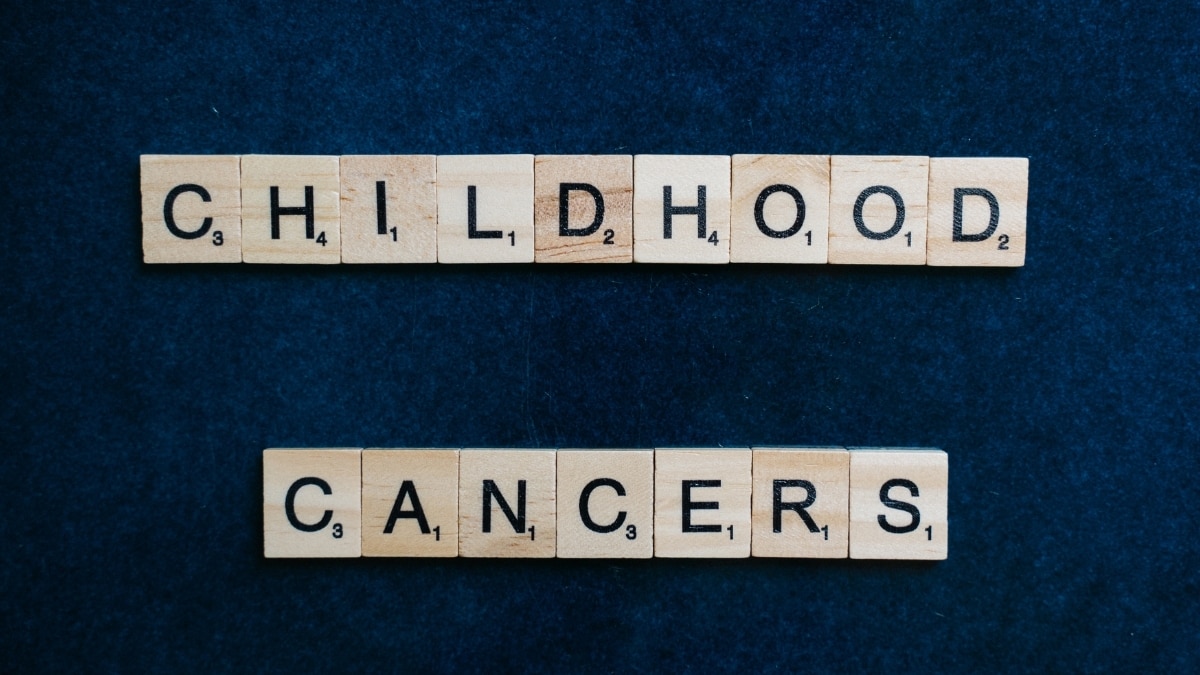
By Dr. Aditya Vidushi Continues below advertisement window.addEventListener("load", function() { let ad_unit_fire_time = 1000; if(ad_delay_time_abp > 0){ ad_unit_fire_time = parseInt(ad_delay_time_abp) + 500; } setTimeout(function () { googletag.
cmd.push(function() { googletag.display("div-gpt-ad-9167143-2"); }); },ad_unit_fire_time) }); While cancer in children is relatively rare, it remains one of the most serious health concerns, requiring early detection and timely treatment.

Childhood cancers often develop rapidly, making awareness of symptoms crucial for parents and caregivers. Some of the most common types of cancer in children include leukaemia, brain tumours, lymphoma, neuroblastoma, and Wilms tumour. Recognising the warning signs — such as unexplained weight loss, persistent pain, unusual lumps, prolonged fever, or sudden behavioral changes — can lead to early diagnosis and improved treatment outcomes.
Since many symptoms may mimic common illnesses, it is essential to stay vigilant and seek medical advice when symptoms persist or worsen. Continues below advertisement window.addEventListener("load", function() { let ad_unit_fire_time = 1000; if(ad_delay_time_abp > 0){ ad_unit_fire_time = parseInt(ad_delay_time_abp) + 500; } setTimeout(function () { googletag.
cmd.push(function() { googletag.display("div-gpt-ad-1253031-3"); }); },ad_unit_fire_time) }); Here is a look at the most prevalent childhood cancers, their symptoms, and the red flags that should prompt immediate medical attention.
Early intervention can make a significant difference in a child’s recovery, offering hope for a healthier future. 1. Leukaemia Leukemia is the most prevalent type of cancer in children, accounting for about 30% of childhood cancers.
It is a cancer of the blood and bone marrow, often characterised by symptoms such as pale skin, fatigue, frequent infections, easy bruising or bleeding, and bone pain. Parents should be vigilant if their child experiences unexplained weight loss, fever, or swollen lymph nodes, as these may be signs of leukaemia. 2.
Brain Tumour Brain tumours are the second most common type of childhood cancer. These tumours can develop in various parts of the brain and may cause symptoms depending on their location. Common signs include persistent headaches, nausea or vomiting, changes in behaviour, difficulty with balance, and seizures.
Children with brain tumours may also experience vision or hearing problems, as well as trouble with speech or coordination. Early diagnosis and treatment are critical to managing these tumors effectively. 3.
Lymphoma Lymphoma, which includes Hodgkin and non-Hodgkin lymphoma, affects the lymphatic system. It often presents as painless swelling of the lymph nodes, typically in the neck, armpits, or groin. Other symptoms may include unexplained weight loss, fever, night sweats, and persistent cough or difficulty breathing.
These signs can be mistaken for a common infection, but if they persist, it is essential to consult a healthcare provider. 4. Neuroblastoma Neuroblastoma is a cancer that typically affects infants and young children.
It develops in the nerve tissue, often in the adrenal glands, abdomen, chest, or neck. Symptoms vary depending on the location of the tumour but may include a visible lump, pain, fatigue, and unexplained weight loss. In some cases, children may also experience changes in their skin color or develop bruising around the eyes.
5. Wilms Tumour Wilms tumour is another common type of cancer in children, primarily affecting the kidneys. It typically occurs in children aged 3 to 4 years.
Symptoms may include a noticeable lump or swelling in the abdomen, pain in the abdomen, blood in the urine, and high blood pressure. In some cases, children may experience fever, poor appetite, or weight loss. As with other cancers, early detection and treatment are essential for the best possible outcome.
While these cancers are relatively rare, the signs should never be ignored. Parents should always consult a paediatrician if they notice persistent or unusual symptoms in their child, such as unexplained pain, swelling, or changes in behaviour. Early detection is vital, as it can make a significant difference in treatment outcomes.
Regular check-ups and staying aware of your child's health can help catch potential issues early, ensuring timely intervention and better chances for a full recovery. Dr Aditya Vidushi is Senior Consultant, Medical Oncology, Max Super Speciality Hospital, Dwarka. [Disclaimer: The information provided in the article, including treatment suggestions shared by doctors, is intended for general informational purposes only.
It is not a substitute for professional medical advice, diagnosis, or treatment. Always seek the advice of your physician or other qualified healthcare provider with any questions you may have regarding a medical condition.] Check out below Health Tools- Calculate Your Body Mass Index ( BMI ) Calculate The Age Through Age Calculator.















